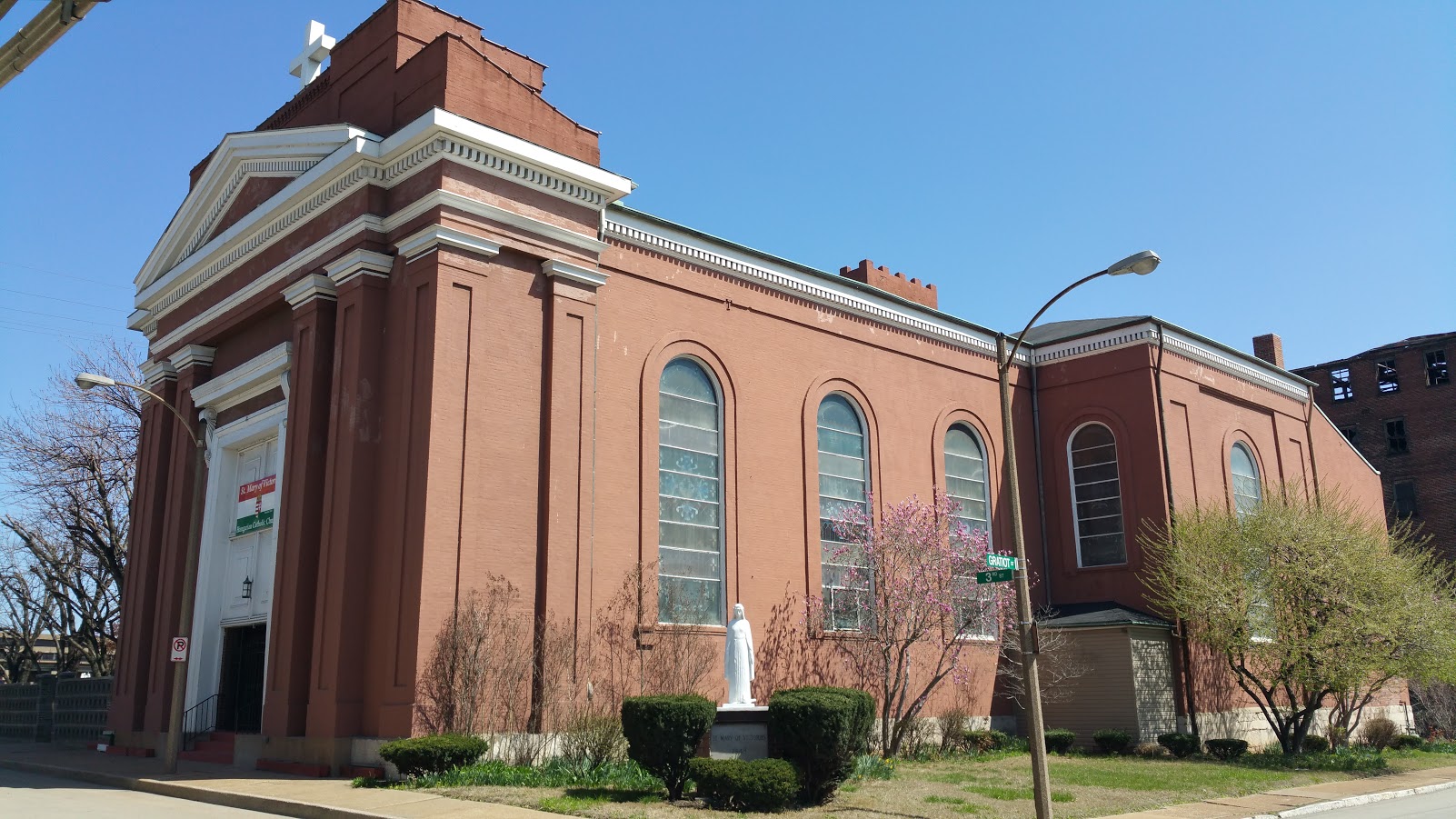5 July 2020, 14th Sunday in Ordinary Time (Year A)
Introit: Suscepimus
Offertory: Soul of my Saviour, p. 297
Communion: Gustate et videte
Recessional: Lift up your heads, ye mighty gates, p. 211
Mass XI, PBC p. 58. Credo III, PBC p. 77
The Introit antiphon is, as you know, also the Introit for the Feast of the Presentation (or Purification in the EF) on 2 Feb. It is among the most beloved of chants and volumes of commentary have grown up around it. It has three phrases:
-
Suscepimus, Deus, misericordiam tuam in medio templi tui
-
secundum nomen tuum Deus, ita et laus tua in fines terrae
-
justitia plena est dextera tua
The extended intervals at the beginning of the second phrase catch our attention. It would seem as though the singer wished to clarify our notion of the majestic essence of God. The entire middle phrase seems to dominate the first and third. The cadence over fines terrae, which forms the close of the first phrase as well, imparts to both a well-rounded finish. In the first phrase a is the predominant note, c being sounded only in passing. The second phrase is dominated by c, the third by f. Briefly, we might say that the first phrase is characterized by f-a, the second by a-c, the third by d-f. The important transition to the third phrase is explained below.
Two notes on performance:
-
In the modern printed editions of the chant, we find sometimes a curved line under the text to remind us that the composer wants the singers to tie together the words and ideas in the phrases before and after the point where this line occurs, ignoring the usual effect of a full bar line. So we must not breathe or break the flow of the chant at that point, but have a renewed emphasis on the entry into the phrase following the line. [Einsiedeln 121 and some other early manuscripts insert at this point 'st' (=statim, at once) which in modern music corresponds to an attaca subito.] As always, these long phrases means we'll have to take turns stealing a breath at other points—just not all at the same time, please.
-
Also, please note that we do observe the vertical episema over the la of (su-)sce(-pimus), i.e., the fourth note in that word. The manuscripts clearly mark it with 't' (=tenete, hold). That does NOT mean it's a double note, but it does have a slight hold before we move on to the si (or b♭).
The Communion Antiphon has two phrases:
-
Gustate et videte quoniam suavis est Dominus
-
beatus vir qui sperat in eo.
Chant historians are fond of reminding us that this antiphon, Gustate et videte, (Ps 33:9), always sung along with the entire Psalm 33, was the original chant for communion sung in both East and West at almost every Mass. We read of it in the works of many of the Fathers in both East and West. Dom Johner's comments are worth repeating in full:
This antiphon is composed of only two phrases. Both have a marked rise in their first parts, with a pause on a. Their second parts are identical: sperat in eo corresponds with (su)-avis est Dominus. Still each little phrase has its peculiarities. The first is a lively exhortation; hence the rise to high c (do) and the tarrying there with a double tristropha, a neum rarely used in the Communion. The exhortation is to resound and to penetrate into all hearts. The second phrase is a simple assertion and never rises above a (fa).
This is the oldest Communion song to be found with its psalm in all the liturgies, oriental as well as occidental. How heartfelt it must have sounded, coming from the lips of those who were returning from the altar with the sweetest and most savory of foods in their hearts! What longing it must have awakened in the souls of the faithful who were still on the way to receive Holy Communion! Whoever loves the Eucharistic Saviour will not only gladly and frequently carry this exhortation into effect, but will also, as far as he is able, make others partakers of this same great joy. The Greek equivalent for sweet is chrestos; hence the play on words: Taste and see that it is Christ (Christos/chrestos) the Lord.


















